The shoulder is several joints combined with tendons and muscles to allow a wide range of motion in the arm, from scratching your back to throwing the perfect pitch.
This mobility can also lead to instability or impingement of the soft tissue or bony structures in your shoulder, resulting in pain. You may feel pain only when you move your shoulder or all of the time. The pain may be temporary or continue, requiring treatment.
What are some of the most common shoulder problems?
Most shoulder problems fall into four major categories, including 1) Tendon inflammation (bursitis or tendonitis) or tendon tear; 2) Instability; 3) Arthritis; or 4) Fracture (broken bone)
Bursitis
Bursae are small, fluid-filled sacs in joints throughout the body, including the shoulder. They act as cushions between bones and overlying soft tissues, helping reduce friction between the gliding muscles and the bone. Sometimes, excessive shoulder use leads to inflammation and swelling of the bursa between the rotator cuff and part of the shoulder blade known as the acromion. The result is a condition known as subacromial bursitis. It often occurs with rotator cuff tendonitis.
Tendonitis
A tendon is a cord that connects muscle to bone. Most tendonitis is a result of a wearing down of the tendon that occurs slowly over time. There are two types of tendonitis:
- Acute – Excessive ball throwing or other overhead activities during work or sport can lead to acute tendonitis.
- Chronic – Degenerative diseases like arthritis or repetitive wear and tear due to aging can lead to chronic tendonitis.
The most commonly affected tendons in the shoulder are the four rotator cuff tendons and one of the biceps tendons.
Tendon Tears
Splitting and tearing of tendons may result from acute injury or degenerative changes in the tendons due to aging, long term overuse and “wear and tear.” These tears may be partial or completely split the tendon into two pieces. In most cases, the tendon is pulled away from its attachment to the bone. Rotator cuff and biceps tendon injuries are among the most common of these injuries.
Impingement
Shoulder impingement occurs when the top of the shoulder blade (acromion) puts pressure on the underlying soft tissues when the arm is lifted away from the body. As the arm is lifted, the acromion rubs, or “impinges” on, the rotator cuff tendons and bursa. This can lead to bursitis and tendonitis, causing pain and limiting movement. Over time, severe impingement can lead to a rotator cuff tear.
Instability
Shoulder instability occurs when the head of the upper arm bone is forced out of the shoulder socket, usually from a sudden injury or overuse. Shoulder dislocations can be partial, with the ball of the upper arm coming just partially out of the socket. A complete dislocation means the ball comes all the way out of the socket.
Once the ligaments, tendons and muscles around the shoulder become loose or torn, dislocations can occur repeatedly. Recurring dislocations, which may be partial or complete, cause pain and unsteadiness when you raise your arm or move it away from your body. Repeated episodes of subluxations or dislocations lead to an increased risk of developing shoulder arthritis.
Arthritis
Shoulder pain can result from various types of arthritis. The most common type is osteoarthritis, also known as “wear and tear” arthritis. Symptoms, such as swelling, pain and stiffness, typically begin during middle age. Osteoarthritis develops slowly, and the pain worsens over time.
Fracture
Fractures are broken bones. Shoulder fractures often involve the clavicle (collarbone), humerus (upper arm bone), and scapula (shoulder blade). Shoulder fractures in older patients often result from a fall. In younger patients, shoulder fractures are often caused by a high energy injury, such as a contact sports injury. Fractures can cause severe shoulder pain, swelling and bruising.

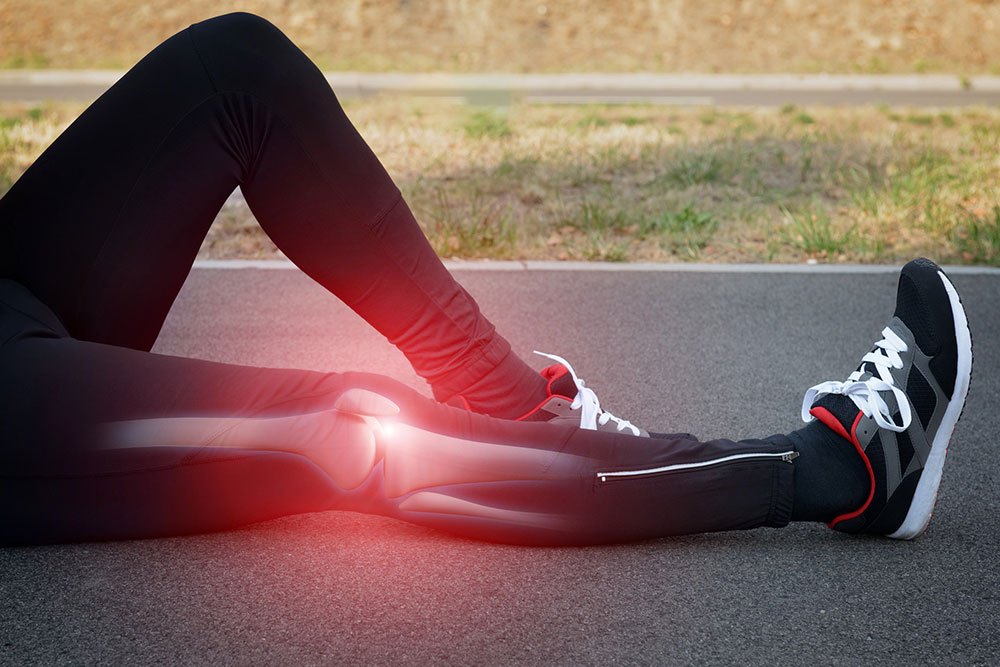


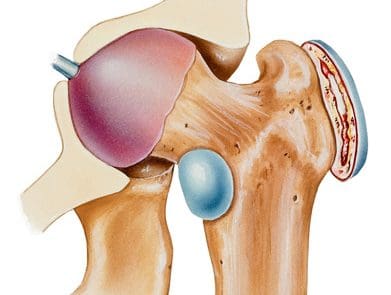
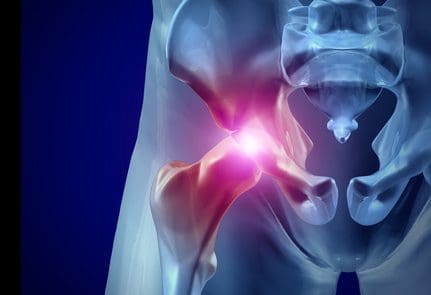
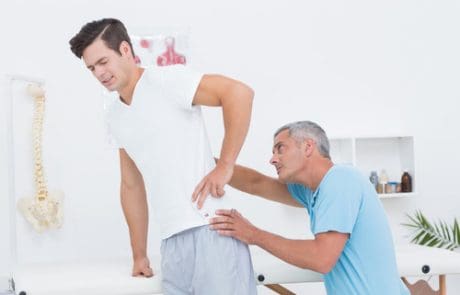


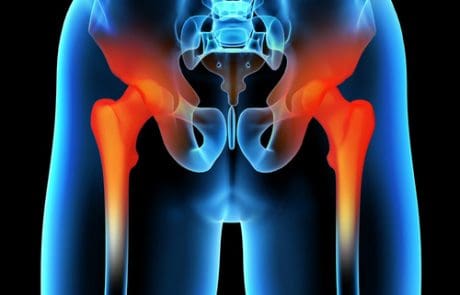
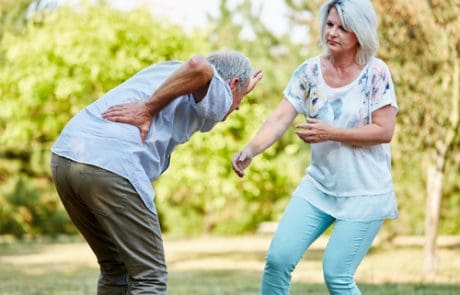

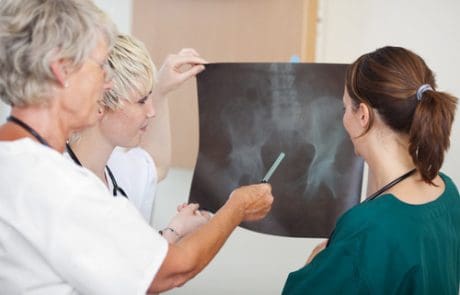







Total Joint Replacement Specialist Denver | Dr. Oscar Noel
Center for Spine & Orthopedics June 24, 2020 4:00 pm